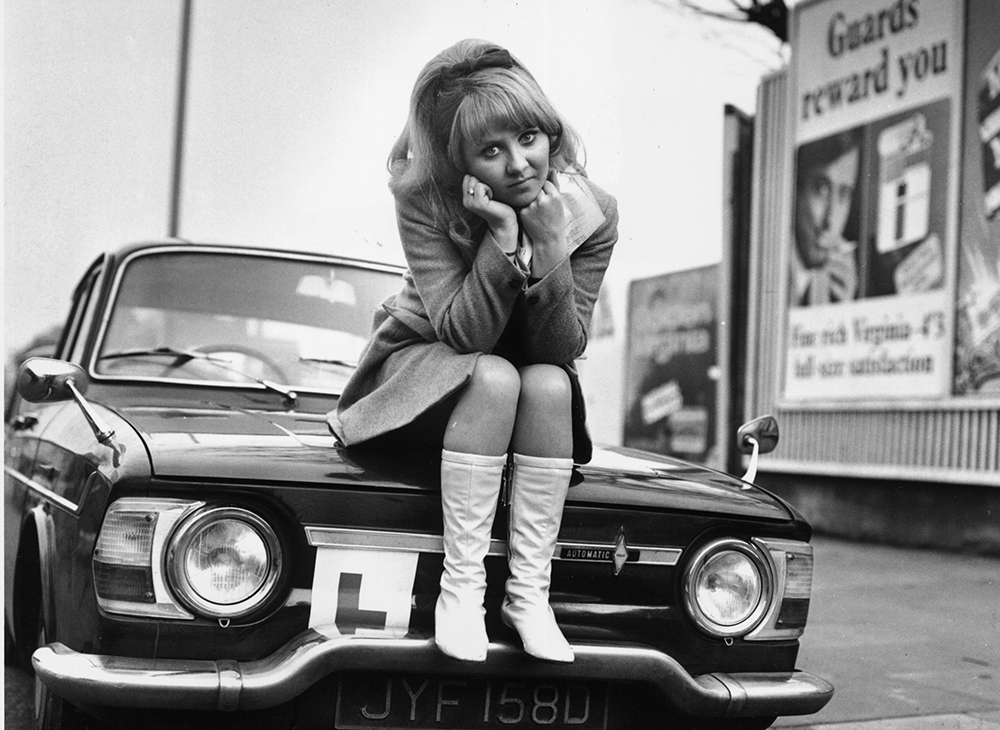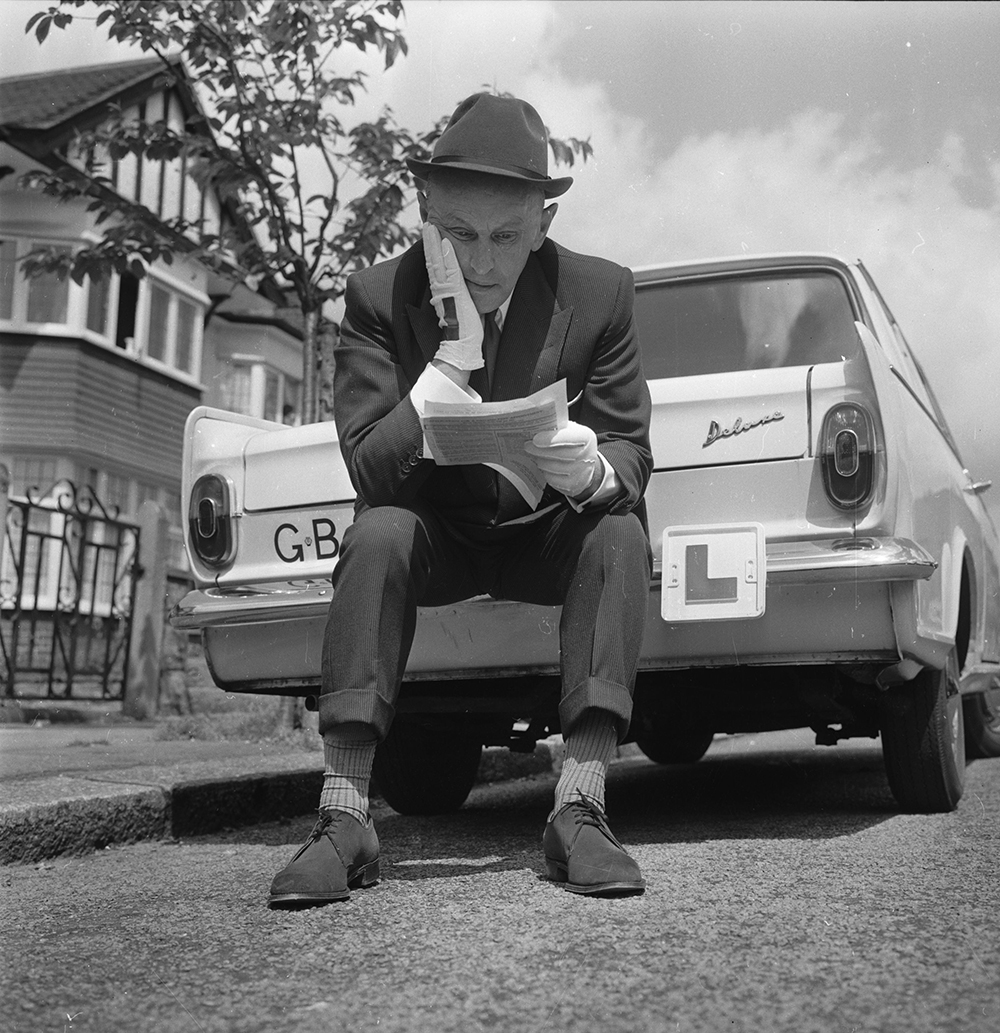Top 10: reasons we fail the driving test
Each year, just over half of those people taking their driving test fail, so what reasons might an examiner give for ruining a candidate’s day?

DRIVING RECENTLY reported that, in the past five years, almost 3,000 learner drivers crashed during their test. While not all the accidents were their fault, it’s probably fair to say that many were, causing the examiner to utter those fateful words: “I’m sorry to tell you but on this occasion, you have not been successful.”
Each year, just over half of those people taking their driving test fail (Lulu, above, failed hers in 1967) but crashing aside, what other reasons do examiners give for ruining a candidate’s day? Plenty. Just for starters, we countdown the top 10 and to find out more, visit Midrive:
Observation at junctions
Looking hurriedly left and right won’t win you any prizes from the examiner. You must be seen to scrutinise the road, not only for other cars but cyclists and motorcyclists, too, and of course any pedestrians hurrying to cross. Accurate observation will give you the confidence to pull out that the examiner is looking for.
Reverse parking
Hitting the kerb or another car, failing to check your mirrors and getting in a tizzy as you struggle to sort left from right: these are the things the examiner will be looking for. Instead, calmly check all around for hazards (in particular small children low down behind the rear of the car) and obstructions. Then, using your mirrors, as well as turning your head to check blind spots, perform the manoeuvre, making smooth steering corrections as you go.
Use of mirrors
Failure to use the mirrors applies to almost every one of our 10 reasons. The examiner wants to see you using them in a timely way. It’s not enough, though, to simply go through the motions; checking them should be a conscious procedure that properly informs your driving. Use them when changing speed or direction, when pulling away or turning. What is happening around you is as important as what is happening ahead.
Moving away safely
Not checking behind you, let alone in front, poor balancing of clutch and accelerator, and not signalling your intentions; these are the things that constitute a fail here. Pulling away is one of the first things you’ll do in the test, so do it right by calmly thinking your way through it – and checking that blind spot with a turn of your head.
Use of signals
There can be few sins on the road worse than failing to signal your intentions in a timely way. Only indicate when you’ve checked it’s safe to proceed. That means using your mirrors and checking blind spots. Repeat to yourself, “mirror, signal, manoeuvre” and you’ll be OK. Don’t forget to cancel your indicator once you’ve completed the manoeuvre.
Incorrect positioning
Get this wrong and you could be a danger not only to yourself but also to other road users. Correct positioning, for example at a junction, gives the car coming from your left room to pass across and around you safely. Create space for cyclists, adopt a position that allows you to see around parked cars and keep well back from large vehicles so that you can see well beyond them. Know your roundabout technique backwards by preparing well in advance.
Reversing around a corner
The examiner couldn’t have dreamed up a more devilish manoeuvre than this one if he’d tried. It’s like the pulling away test, only backwards, and with the added risk of hitting someone or something around the bend. Stay calm, check your mirrors and blind spots, and aim for smoothness.
Steering control
The steering wheel is one of your primary driving aids, so no wonder the examiner takes how you use it so seriously. Don’t cross your hands, don’t allow the wheel to self-centre freely (let it wind back under control) and keep your gearchanges brief so that you can get your hand back onto it.
Turn in the road
If you can’t perform this fundamental manoeuvre, you shouldn’t be on the road. It’s all about clutch and accelerator control, with a big dose of observation thrown in for good measure. Check your way is clear (mirrors and blind spots) first. Keep your speed down and clutch, and brake and throttle inputs smooth and gentle. Don’t forget to check your mirrors, and those blind spots, when you reverse.
Inappropriate speed
If you can’t get your speed right on your test, chances are you never will. You’re not only being judged on speed limits here, the examiner will also want to see that you keep your speed up, rather than driving hesitantly and slowly. On this last point, driving too slowly could show you’re unsure what the speed limit is. A black mark if ever there was one.
Bonus reason: Scaring the examiner half to death

At all times, the examiner should feel he’s in safe hands. If he’s sweating and mumbling incoherently, chances are he, or more likely one of his colleagues, will be seeing you again.




